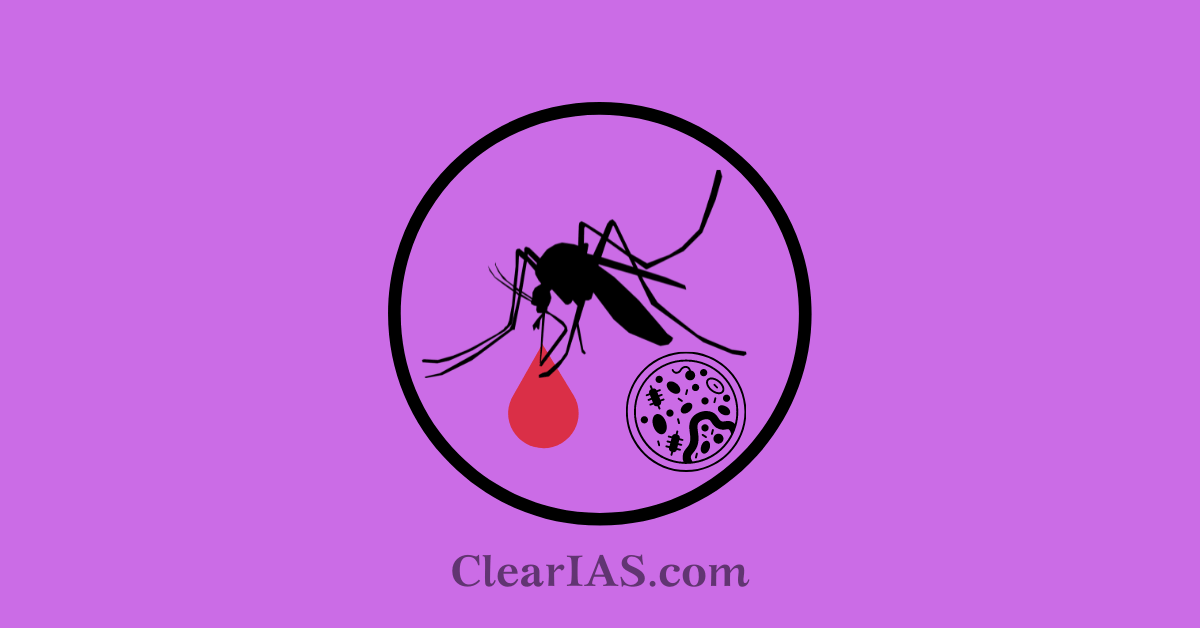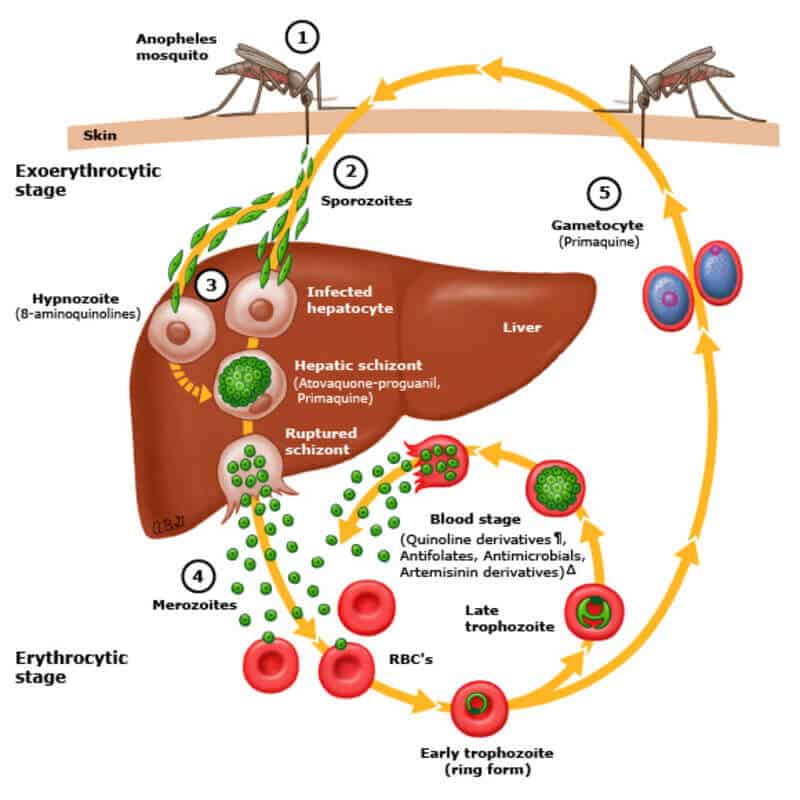
Malaria is an infectious and deadly disease plaguing tropical countries. Read to know more about its causes and other facts.
Malaria
Malaria is a mosquito-borne disease caused by a parasite. It is transmitted through the bite of an infected Anopheles mosquito carrying the Plasmodium parasite (Plasmodium vivax). When this mosquito bites a human, the parasite is released into the bloodstream.
It is found in tropical and subtropical climates where the parasites can thrive and are prevalent in Africa, followed by Asia and Latin America. It also affects people in the Middle East and Europe to a much smaller degree.
The number of malarial cases worldwide in 2019 was around 229 million, according to the World Malaria Report in 2020, with 409,000 lives lost to the mosquito-borne disease.
The 2020 report said the majority of cases were reported in Africa, while India and Southeast Asia recorded a significant drop. Cases in India fell from approximately 20 million to 6 million, according to the report.
Causes:
- Bite of a malarial vector (Anopheles stephensi)
- Sharing of infected syringes
- Organ transplantation
- Blood Transfusion
- Infected mother to her baby during birth
Spread of the disease and Life cycle of vector mosquito:

Prevention
This disease is preventable and curable if the right steps are taken – prevent the mosquito bite from happening or treat the symptoms due to the parasites infecting the body.
- Vector control is a vital component of disease control and elimination strategies as it is highly effective in preventing infection and reducing disease transmission. The 2 core interventions are insecticide-treated nets (ITNs) and indoor residual spraying (IRS).
- Preventive chemotherapy is the use of medicines, either alone or in combination, to prevent infections and their consequences. It includes chemoprophylaxis, intermittent preventive treatment of infants (IPTi) and pregnant women (IPTp), seasonal malaria chemoprevention (SMC), and mass drug administration (MDA). These safe and cost-effective strategies are intended to complement ongoing control activities, including vector control measures, prompt diagnosis of suspected malaria, and treatment of confirmed cases with antimalarial medicines.
Malaria Vaccine
In 2020, World Health Organization (WHO) endorsed the first anti-malarial vaccine.
RTS, S/AS01 (RTS, S) trade name Mosquirix vaccine is the first-ever anti-malarial vaccine recommended by the WHO.
- The vaccine has been developed by GlaxoSmithKline (GSK) which is an essential part E-2025 initiative of WHO.
- Using this vaccine with the existing tools to prevent malaria could save tens of thousands of young lives each year.
- The WHO’s recommendation was based on the results from an ongoing pilot program in Ghana, Kenya, and Malawi.
WHO and its partners have reported stagnation in the progress against the disease that kills more than 2,60,000 African children under the age of five annually. According to WHO, the disease remains a primary cause of childhood illness and death in sub-Saharan Africa.
World malaria day is observed on April 25th every year to create awareness and fund research for eradication. The 2021 theme was “Reaching the Zero Malaria target”.
The report, titled ‘Zeroing in on malaria elimination’, was released by the World Health Organization (WHO) ahead of World Malaria Day 2021.
The WHO has also identified 25 countries with the potential to eradicate malaria by 2025 under its ‘E-2025 Initiative’.
India’s National Strategic Plan for Elimination of Malaria:
The objectives of the NSP for Elimination of Malaria are as follows:
- Achieve universal coverage of case detection and treatment services in endemic districts to ensure 100% parasitical diagnosis of all malaria cases and complete treatment of all confirmed cases.
- Improve the surveillance system to detect, notify, investigate, classify, and respond to all cases in all districts to move towards total malaria elimination.
- Achieve near-universal coverage of the population at risk of malaria with an appropriate vector control intervention.
- Strive for near-universal coverage of population at risk of malaria with an appropriate vector control intervention
- Provide for effective program management and coordination at all levels to deliver a combination of targeted interventions for malaria elimination.
The disease was once nearly eradicated in India, but it came back in the 1970s. India reported around 1.5 million malaria cases mostly caused by the deadly Plasmodium falciparum parasite in 2009. Thus there was a need for a national plan to eliminate the disease.
The National Strategic Plan is a great effort to eliminate Malaria and such a road map has been formulated by the Union Health Ministry for the first time. Though meeting the 2027 targets for elimination of malaria is difficult, strong political & administrative commitment and a focused approach can help in moving forward.
Diseases like malaria, HIV-AIDS, Tuberculosis, etc have started receiving attention and funding for research and treatment, and there are many other diseases too that affect the impoverished sections of the world mostly and are mostly neglected.






Leave a Reply